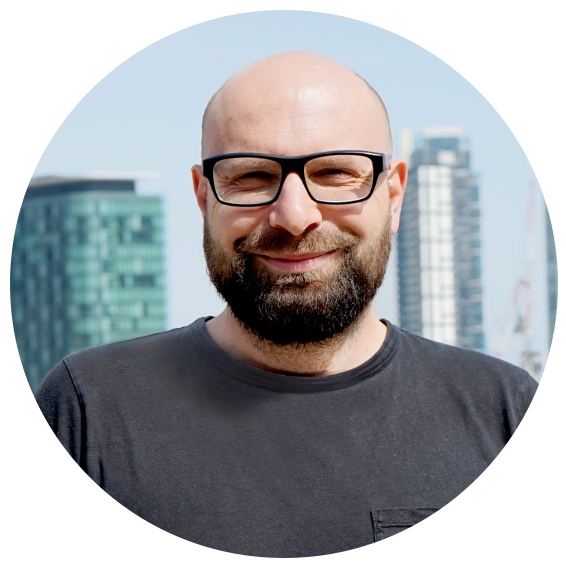Helping HotDoc make remote work work
Moving from office to remote work overnight
HotDoc is Australia’s largest patient engagement platform, trusted by over 16,000 GPs and 4 million patients. When COVID-19 restrictions were implemented their staff – who previously worked under one roof in Melbourne, Victoria – were required to work remotely with no warning.
Would remote work crush culture and output?
Toby Naylor, Head of People and Culture, saw this sudden change in working habits as an opportunity to save his team time on the commute and help them focus away from the hustle and bustle of the office. But he also realised that without the right training and support, it could be a threat to how they helped their customers and company culture.
On the challenge, Toby reflected,
“Overnight we had to move from having nearly everyone working under one roof, to 100 offices. I saw the two biggest challenges of the dispersed workforce as maintaining our company culture and ensuring that our people were supported to be as productive as they could be.”
Toby Naylor
Head of People and Culture at HotDoc
A pilot program to make sure the remote productivity program would help
The team had lots going on and the last thing they needed was a training program that wasn’t going to hit the mark. Toby was cautious about what sort of training to roll out,
“We were flat out making sure everyone was adjusting okay and feeling supported, but we needed to make sure the team had the knowledge and tools to be effective when working from home. We didn’t want a standard training program, it had to be customised to our particular needs. Building 20 worked with us to make sure the content, time commitment and delivery were right for our team.”
Collaborating to get the best outcomes
Toby worked closely with Building 20 to design a pilot program for 12 people across the business that could be rolled out to the rest of the business if it proved to be a success. The pilot program included four stages:
A workshop on the fundamentals of working from home effectively
Analysing the team’s productivity data and identifying the biggest challenges
Assessing the team’s remote workspace to ensure their set-up could support their work
Designing and testing solutions to the biggest challenges
We saved each participant 27.5 days per year
The pilot was implemented over a month and led to measurable improvements throughout the team. For example, on average, team members saved 55 minutes per day by reducing distractions -- that’s an extra 27.5 days per year for each employee who went through the program. They also made big productivity improvements by understanding best practice ways of working; getting their remote workspace set-up right; along with being more thoughtful about when, how long, and who was invited to meetings.
HotDoc also implemented Building 20’s SMART Remote Workspace Assessment tool to efficiently procure the equipment and training each employee needed to reduce the risk associated with IT/data security, injury, productivity, and mental health. Toby was relieved that his team wasn’t having to manage the process,
“The SMART Assessment tool saved us a huge amount of time and was customised to ensure we were providing the right tools for each of our employees. It helped the leadership group understand the biggest risks that remote work presented and the Building 20 team provided practical solutions for us to implement.”
Christina Petrakos, HotDoc’s Head of Customer Success, reflected,
"The Building 20 Program gave us the data to identify our productivity roadblocks and created team buy-in to implement long-term solutions. It's like someone knowing they should exercise, but until they go to a personal trainer they have no idea of what to do to actually get fit. Building 20 was our personal trainer!"
The measurable time saving was equivalent to a 10:1 ROI given the cost of the program. The Remote Work Program is now being delivered throughout the business and to all new starters.



